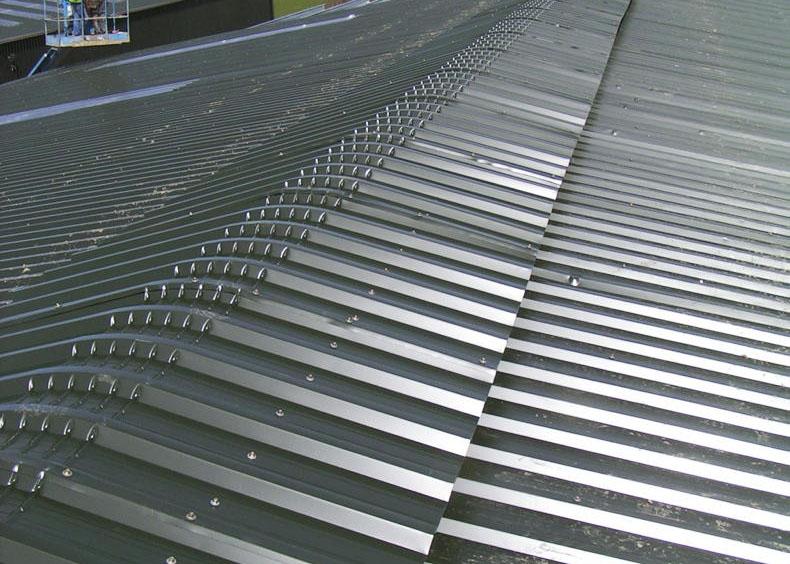Silage pits have a tough job; being filled with thousands of tonnes of fresh grass, compacted in with heavy loading shovels only for the ensiled grass to become acidic and erode the concrete of the pit.
If it has not already been done, silage pits should be thoroughly inspected to ensure they are fit for purpose pre-harvesting.
The first step is to thoroughly clean the walls and floors of the pit, ideally through power washing.
This will expose any cracks or damaged concrete that could lead to effluent loss.
The primary functions of the pit are to ensile the silage so as to prevent as little waste as possible, while also containing any effluent produced.
The front apron of the pit is the likely area for damage, due to the volume of heavy traffic on it, although the entire floor area needs to be inspected for cracks or subsidence.
Cracks
Any major cracks or signs of subsidence mean that extensive works such as the replacement of a wall or floor may be required. Where this is the case, silage pits will need a minimum 28 days between being poured and being filled with grass to allow the concrete to properly cure and reach its full strength.
Uncured concrete is the chief cause of failure in silage slabs. While it’s “too little, too late” for many first-cut pits to carry out this extensive work, second- and third-cut pits will likely not be in use for a number of weeks still so prompt action may work to get the pit in a workable condition.
For silage slabs that are structurally sound but have been eroded through acid, or with more minor cracks, the pit floor can be resurfaced using either a new concrete slab on top of the existing one, or by using hot rolled asphalt.
Overlaying an existing slab with a new concrete slab will require the same strength concrete (45N) to be used.
Where there is a slight subsidence at joints in the existing floor, or where there is substantial localised “pitting” of the concrete surface, a 50mm layer of well compacted sand shall be laid on the existing concrete to provide a more even distribution of load from the new floor.
A 1,000-gauge polythene membrane shall be laid on the prepared existing slab/floor. The overlaps shall be sealed with suitable adhesive tape. The polythene sheet should be laid up to the existing silo wall in all walled silos.
The above is subject to the minimum 28-day curing requirement before use. A more expensive, but quicker, option is to resurface using hot rolled asphalt.
Asphalt should be made using non-limestone aggregate, with confirmation from the manufacturer (on headed paper) that this specification is met.
Asphalt for resurfacing silage pits should only be applied by a competent asphalt contractor using a recognised asphalt pavior machine, as per Department of Agriculture specifications.
For more minor cracks on floors, or the refilling of expansion joints where the sealant has come away, hot poured rubberised bitumen is very suitable.
The crack should be thoroughly cleaned out prior to pouring the bitumen.
TAMS III will cover the replacement of existing slabs or the construction of new ones, while also covering the resurfacing of old slabs with concrete or asphalt.
For resurfacing of slabs, the reference cost for both concrete and asphalt is €34.82/m2.










SHARING OPTIONS